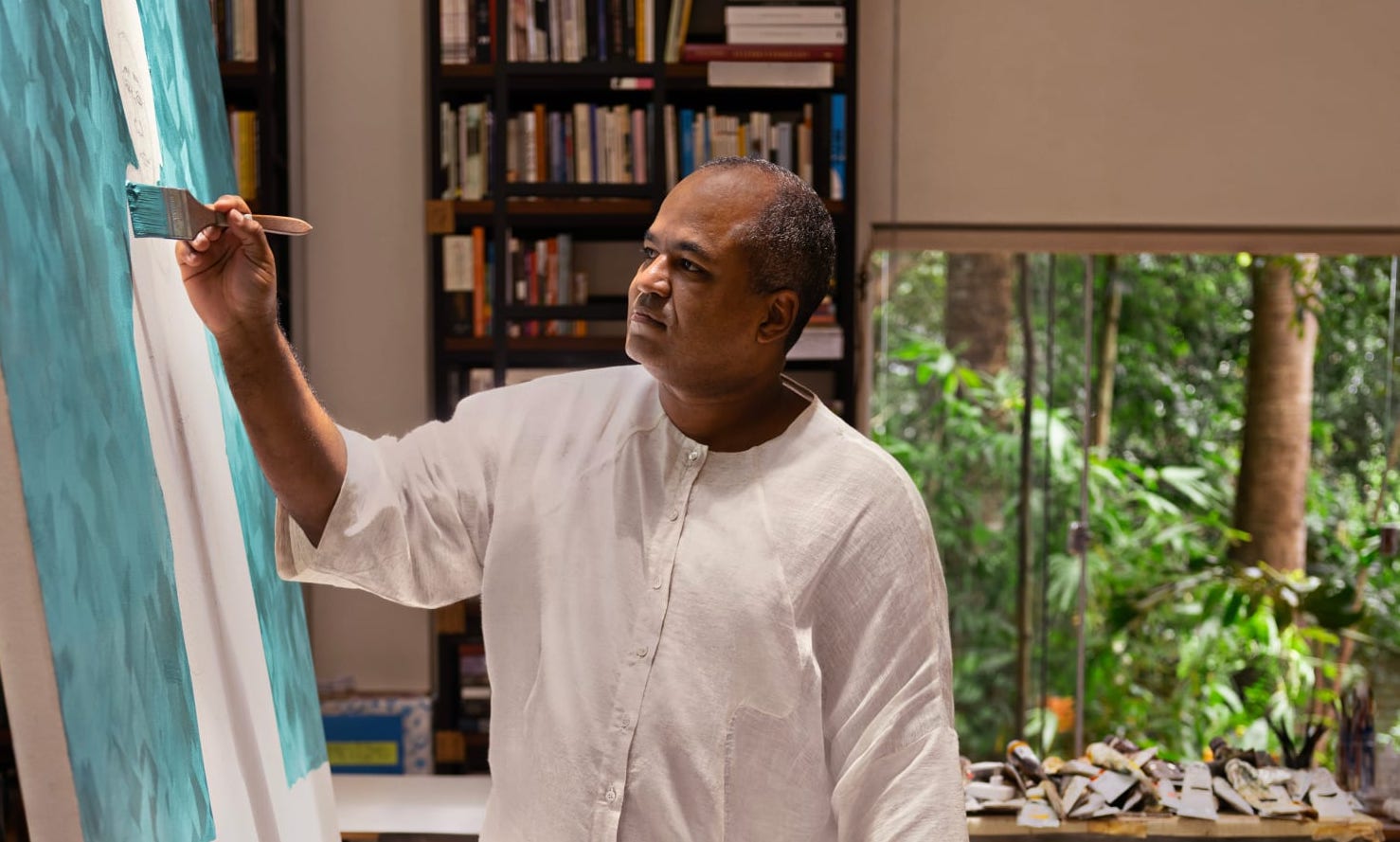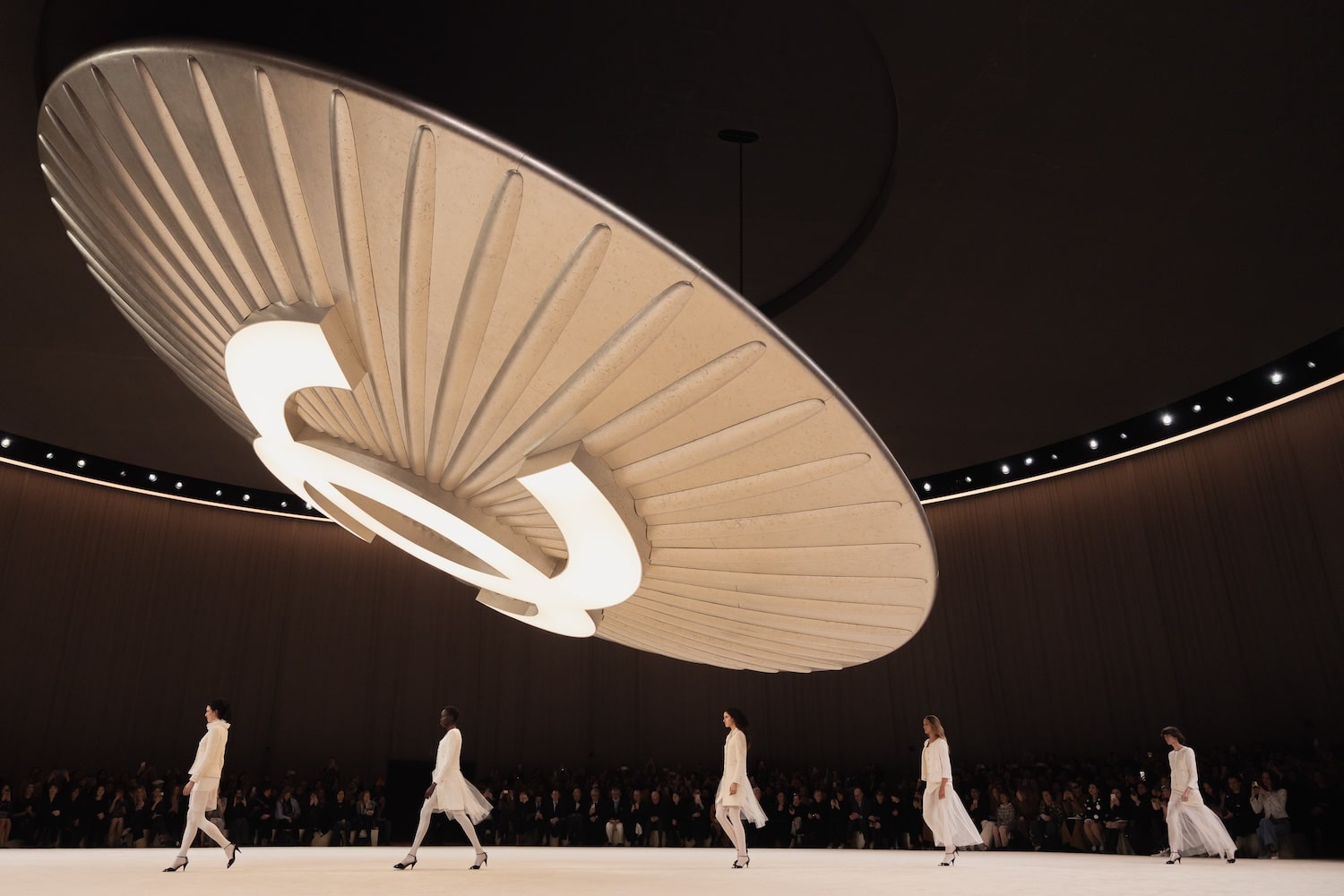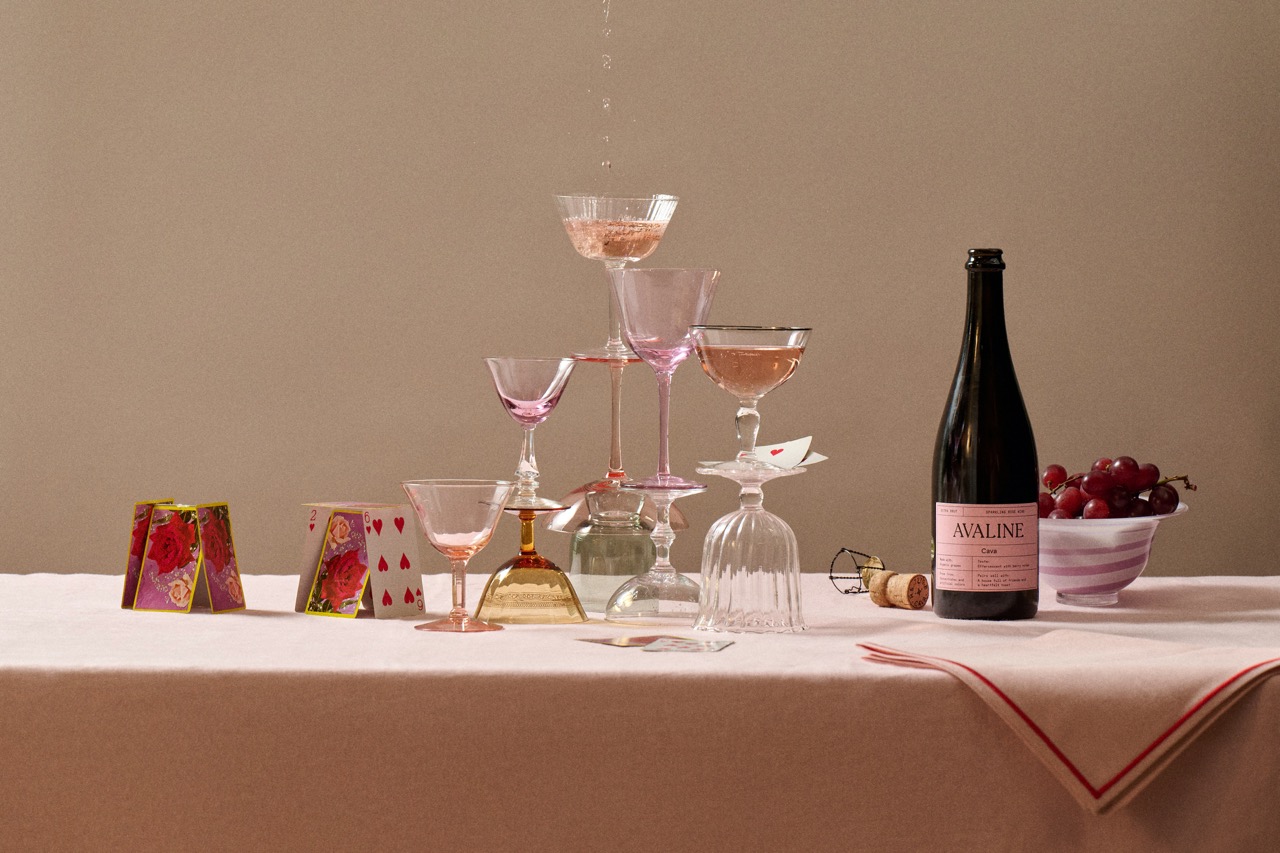The fifth iteration of Chanel’s “Mademoiselle Privé” exhibition recently closed on December 1 at the B&C HALL in Tokyo. Previously open in London, Seoul, Hong Kong, and Shanghai, the touring show offers a curated selection of haute couture, fragrance, and high jewelry pieces from the house.
At its Shanghai edition, Whitewall had the chance to sit down with Frédéric Grangié, Chanel’s president of watches and fine jewelry. He painted a full picture of Chanel’s coveted high jewelry creation over the past 87 years. It begins on the fifth floor of 18 Place Vendôme in Paris, where artisans are hard at work in the Boutique Chanel Joaillerie. There, two collections are created each year. Everything that leaves the atelier is imbued with the essence of Gabrielle Chanel and her very first collection, the 1932 “Bijoux de Diamants.”

Frédéric Grangié.
Courtesy of Chanel.
Grangié shared with us what has stayed the same since 1932, and why today’s luxury will always be found in yesterday’s stories.
WHITEWALL: From a curatorial perspective, it must be difficult to choose a limited number of pieces for “Mademoiselle Privé.” How do you choose which pieces to show each time?
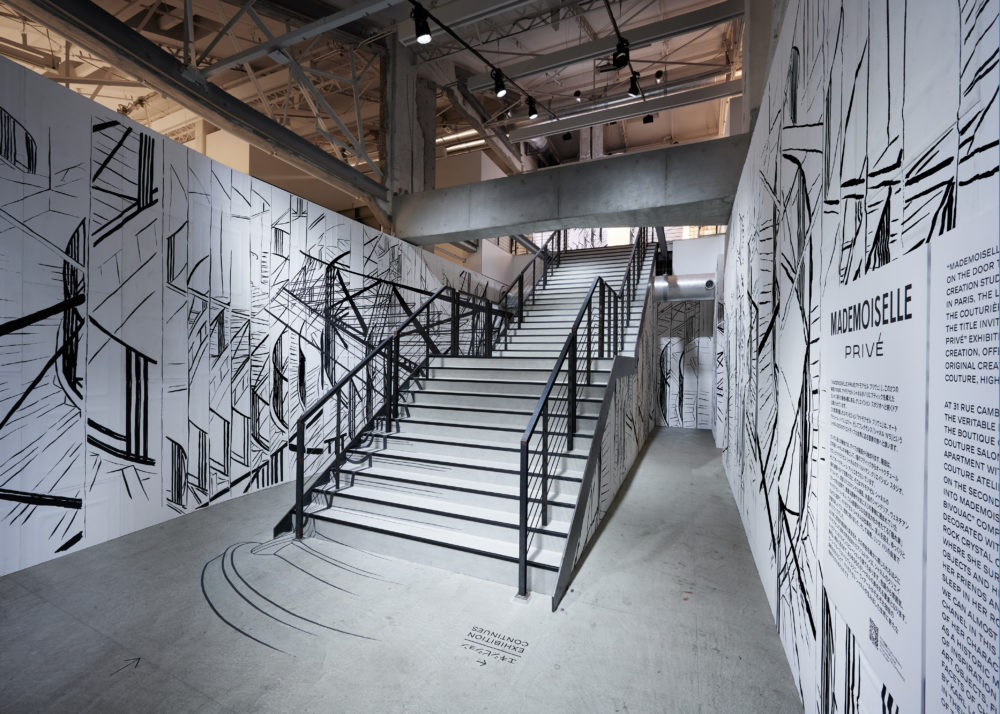
Courtesy of Chanel.
FRÉDÉRIC GRANGIÉ: It’s about telling the story and sharing what Chanel is—haute couture, fragrance, high jewelry. It evolves in a sense, but everything brings us back to the 1932 “Bijoux de Diamants” collection. It’s the DNA of high jewelry at Chanel. We want to show the start, 1932 “Bijoux de Diamants,” and where we are today.
WW: A lot has changed since 1932. What hasn’t?
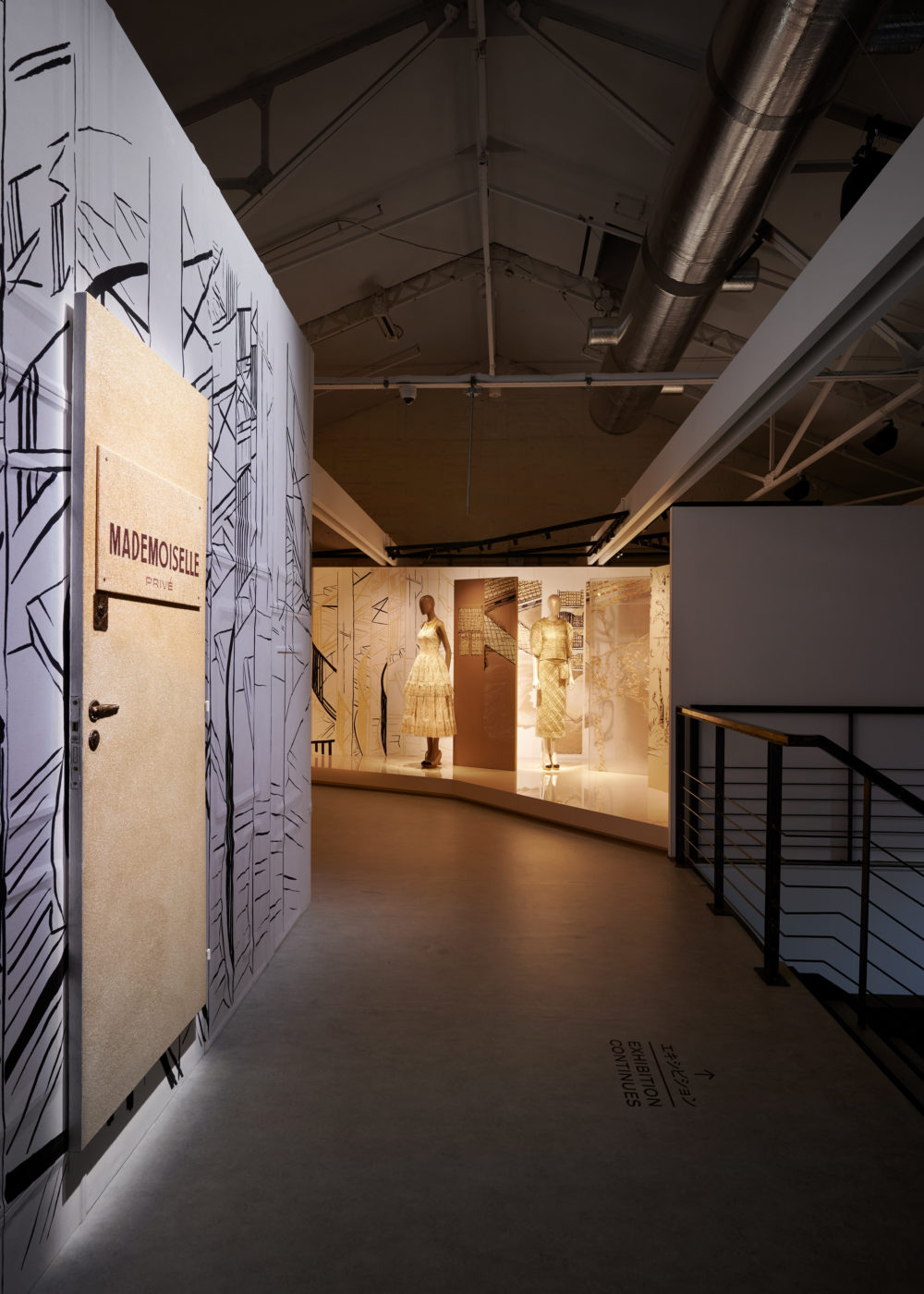
Courtesy of Chanel.
FG: In 1932, Chanel was on the Place Vendôme, with basically all the great houses. For high jewelry, all of them except for one were managed by men. But then you had Gabrielle Chanel, a young fashion designer who wanted to design a high jewelry collection—“Bijoux de Diamants.” High jewelry was never the same after.
“Bijoux de Diamants” was about absolute creation first, not looking at the past. She was just starting, so it was a completely new approach. The pieces themselves are very fluid. They were meant to be worn with daily wear, not just evening dresses. That was a revolution.
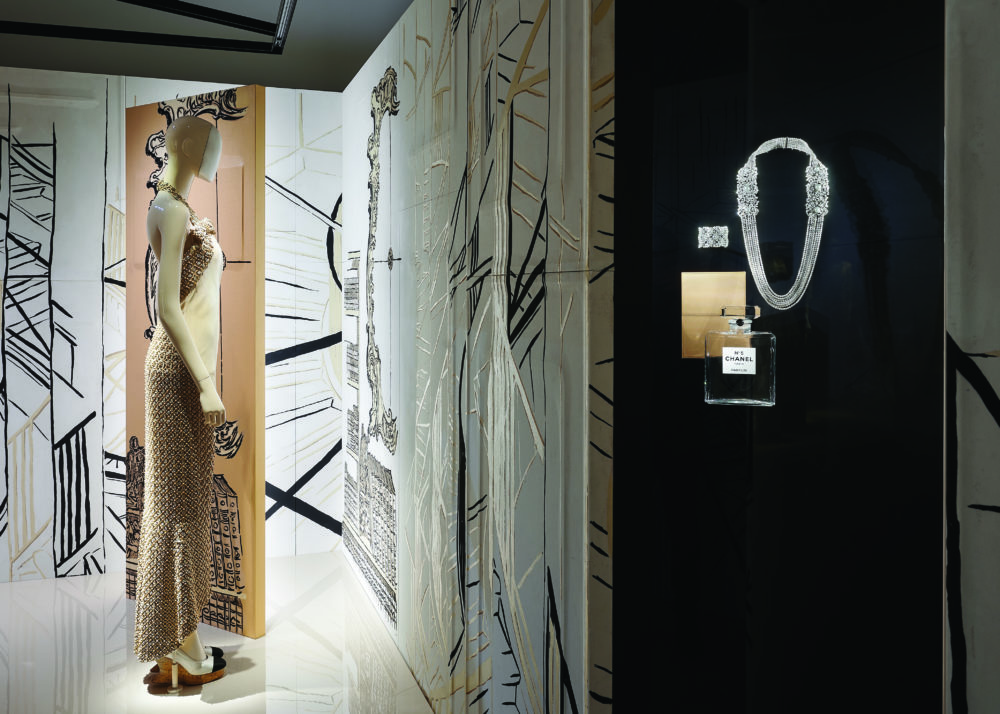
Courtesy of Chanel.
And what hasn’t changed—and is more and more important today—is that the pieces were meant for women to buy for themselves. They were not for husbands or boyfriends to buy as gifts. She was a visionary, so ahead of the curve.
WW: What truly makes a difference in high jewelry?
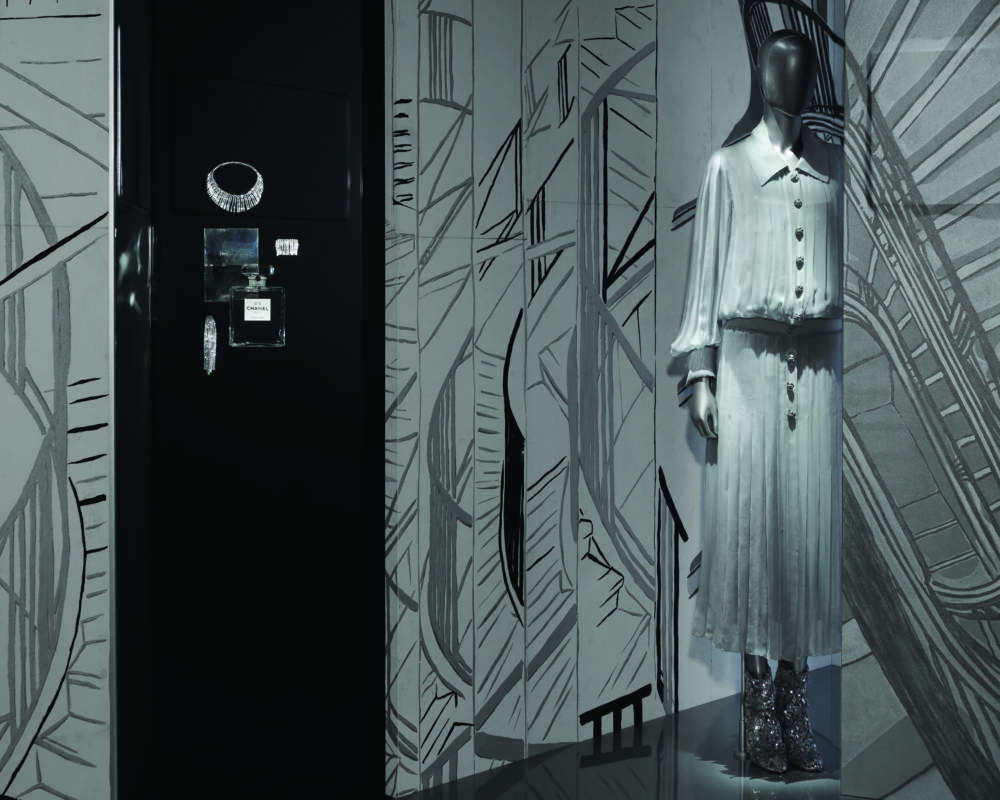
Courtesy of Chanel.
FG: For jewelry, and particularly for high jewelry—definitely the ultimate luxury because there are no limits—when you bring pure creation to the market, this is where you make a difference.
One of my first collections was “Flying Cloud,” presented at Gabrielle Chanel’s summerhouse, La Pausa, and inspired by the Duke of Westminster and his boat. In the design studio, we said, “This is exactly what we need to do. We won’t alter the designs.” Did we know if it was going to sell? No idea. Did it sell? We sold out completely. My point is that more and more, when people see creation and go, “Huh, that’s interesting,” that to me is where we can make a difference.
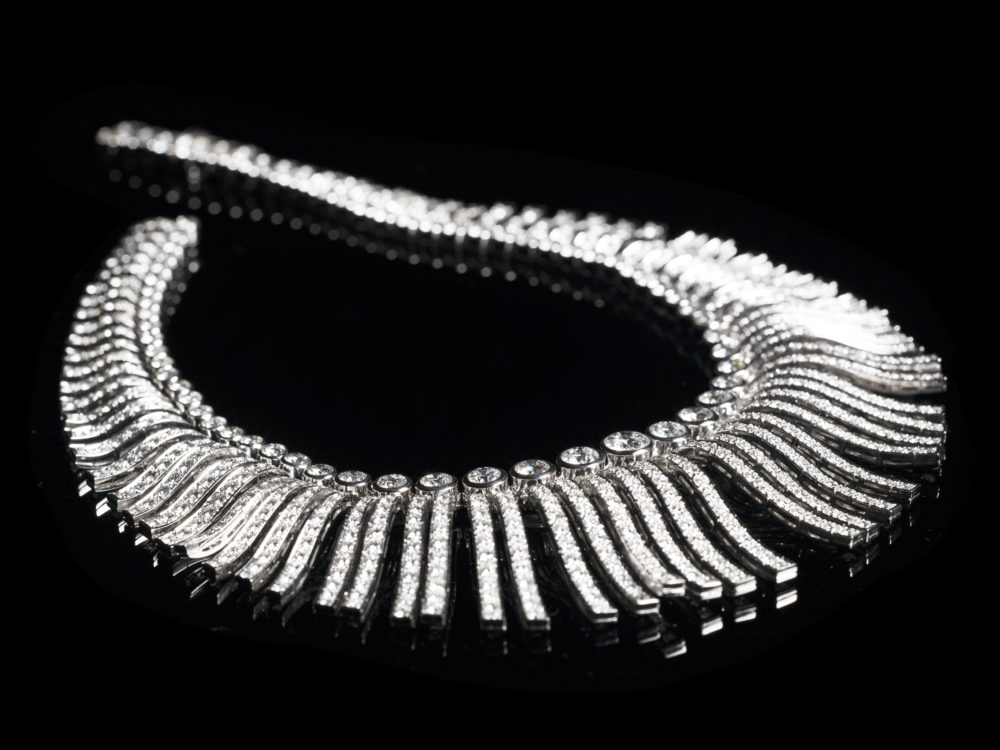
Franges necklace.
Courtesy of Chanel.
WW: Can you walk us through your creative process? Where does it start and end?
FG: Every collection always has elements that are the essence of Chanel that bring us back to Gabrielle Chanel. It’s an infinite source of inspiration.
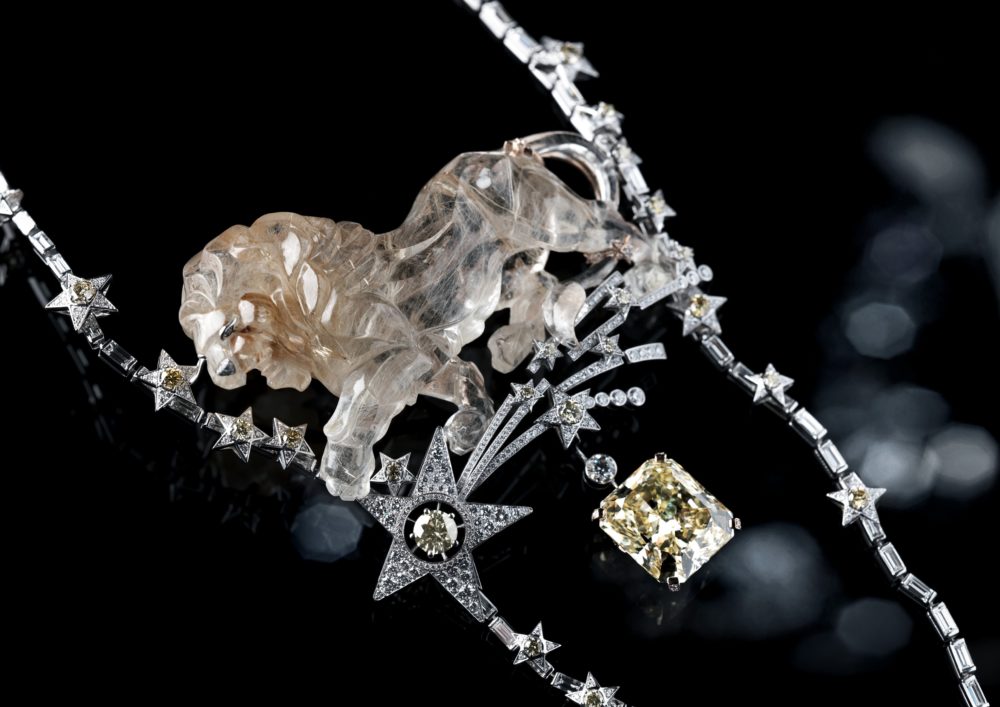
Lion necklace.
Courtesy of Chanel.
If we take the “Flying Cloud” collection, for example, the inspiration was from a photograph of Gabrielle Chanel standing on the Flying Cloud boat, surrounded by the crew. Among the crew were sailors, and you could see that some of them had tattoos. From there, it became a full collection.
WW: We’ve been focusing quite a bit lately on the impact technology has on different industries. With high jewelry, since a lot is done by hand, how has technology ensured you’re able to create exactly what you want?
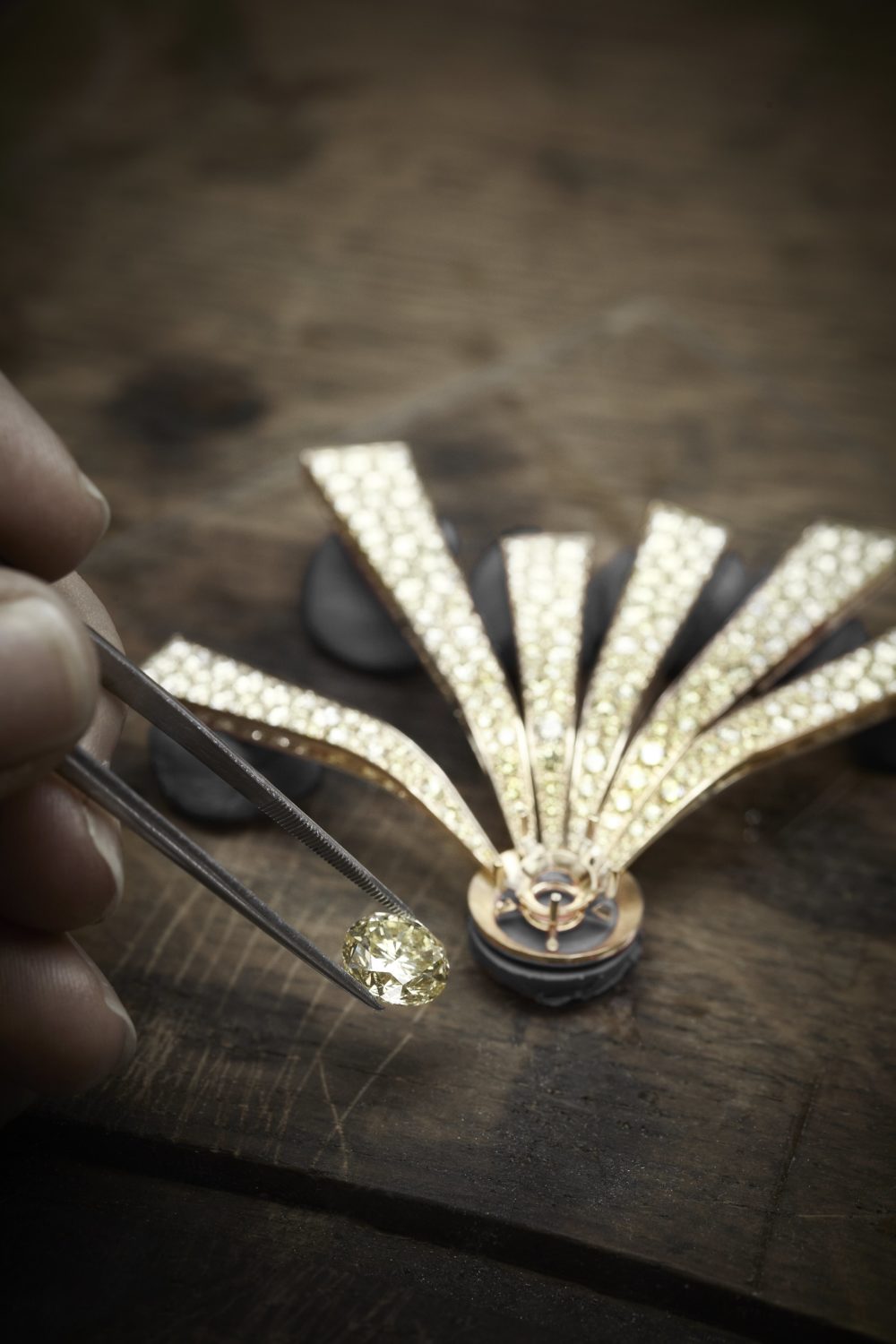
Soleil brooch.
Courtesy of Chanel.
FG: Obviously, the use of computer technology has made a huge difference—especially in the making of the pieces. You’re able to work very much in detail because you can create 3-D renderings, go inside the pieces, and see how it will be articulated. With watches, you can do absolutely everything on a computer. Since you know you’re producing a number of units, that’s great for production.
For high jewelry, the unique pieces, even if we have the best computers and try every new technology to anticipate what’s going to happen, in the end it’s the hand that makes the difference. And that’s fascinating because the way to make high jewelry has been the same for centuries. To this day, we haven’t found anything better. For the actual making of high jewelry pieces, human touch is absolutely essential.
WW: Are you seeing protégés wanting to continue this by-hand legacy?
FG: In Paris, we are seeing more and more young people wanting to go into these jobs and specialized schools. It has value. Before, it wasn’t considered cool, and you were supposed to study business. But now they are passionate and want to be a part of it, and what they’re creating is beautiful. We want to keep that. We need to have that workforce, and have young people getting trained by masters.
WW: Consumers are interested now more than ever in how environmentally friendly what they acquire may be, and because of that, transparency is expected. With a brand like Chanel, which does a fantastic job at keeping its inner workings a bit concealed, where does transparency and sustainability come to a crossroads?
FG: We have been very discreet about a lot of things for many, many years. We realized that in the world of today, it’s important to bring that message and be transparent. In the future, you will see more and more about what we do. If we take jewelry, for example, stones are always a big question. What’s really interesting to me about stones is not just the origin. People focus a lot on the origin of the stone, and that’s important, but there’s a next step. What you want to know is that the stone is coming from a place you’re comfortable with, but most importantly, where the stone has been. You want to decrease the number of layers between you and the mine, or whoever got the stone first.





